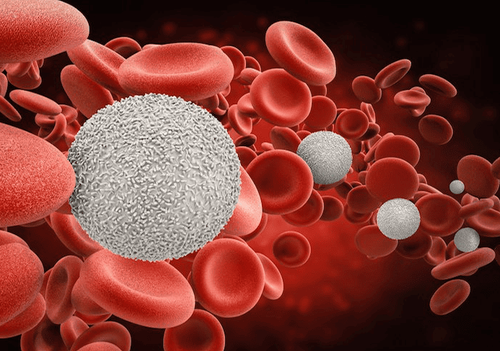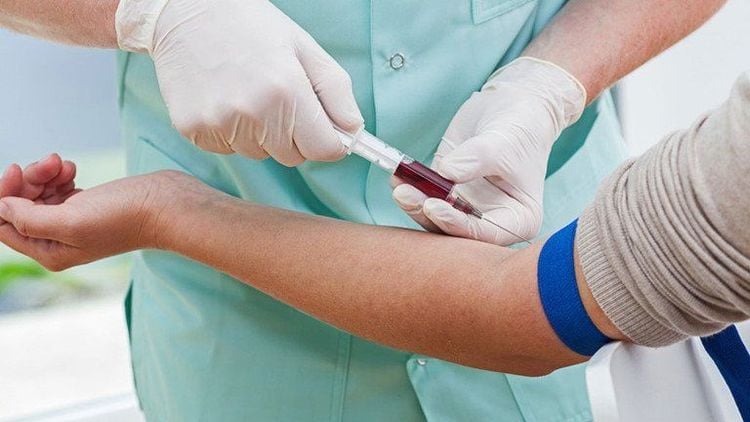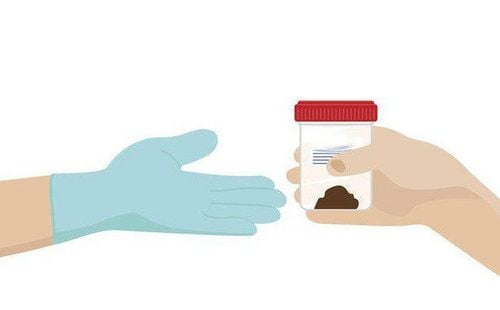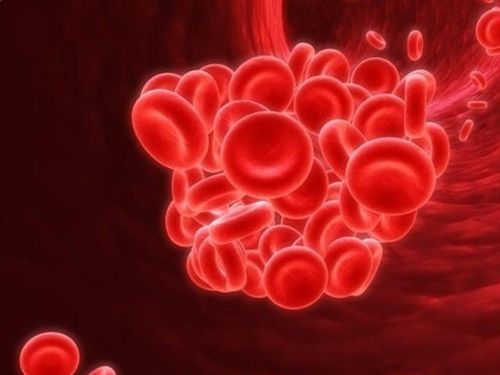This is an automatically translated article.
The blood clot test is one of the coagulation - hemostasis tests, ordered when there are abnormal bleeding problems. The test procedure is simple, but the results obtained are very important.1. Principle of blood clot test
Blood flowing in the body will be in liquid form. When blood leaves the vessel wall, it will clot and turn into a solid.Blood clots are caused by the formation of fibrin fibers, also known as blood fibrils. The fibrin filaments embrace the visible components, then the fibrin shrinks, separates from the serum, forming blood clots. The extent to which the clot shrinks depends on the amount of fibrin and the role of platelets and factors such as blood vessel perforation and hemostasis time.

Xét nghiệm co cục máu đông là một trong những xét nghiệm đông - cầm máu, được chỉ định khi có các vấn đề chảy máu bất thường
2. Blood clot test procedure
Necessary tools to perform the test include:Venous blood collection kit 37 degree C water bath 2 Clean test tubes are disinfected with physiological saline Water collection procedure:
Tie the collection area blood Disinfect the blood collection area Use a needle to take 3ml of venous blood without anticoagulation, divide the collected blood evenly into 2 prepared test tubes Place the 2 test tubes in a 37°C water bath Get results after 2-4 hour.
3. Meaning of blood clot test results
The test results will show the extent of the clot. Depending on the different levels that can determine the patient's condition. Specifically:Blood clot completely contracted: The blood clot has a clear border, no free red blood cells, the remaining serum makes up about 50 - 60% of the original blood volume. The results of complete coagulation reflect normality in both quantity and quality of fibrinogen and platelets. Blood clot near complete contraction: With or without free red blood cells, the remaining serum makes up about 40 - 50% of the original blood volume. Non-contractile clot: The portion of the clot that does not separate clearly from the rest of the serum or the clot that contracts but has many free red blood cells in the serum. Non-clotting results reflect abnormalities in platelet count, platelet quality, or fibrinogen levels. Broken blood clot: The majority of free red blood cells in the serum The lower the degree of clotting, the higher the degree of abnormality.
4. Notes when performing the blood clot test

Bệnh nhân cần thực hiện lấy máu xét nghiệm khi đói
SEE MORE
Common types of blood clots Clinical significance of hemostasis tests, coagulation What is coagulation? When to do blood coagulation test?













